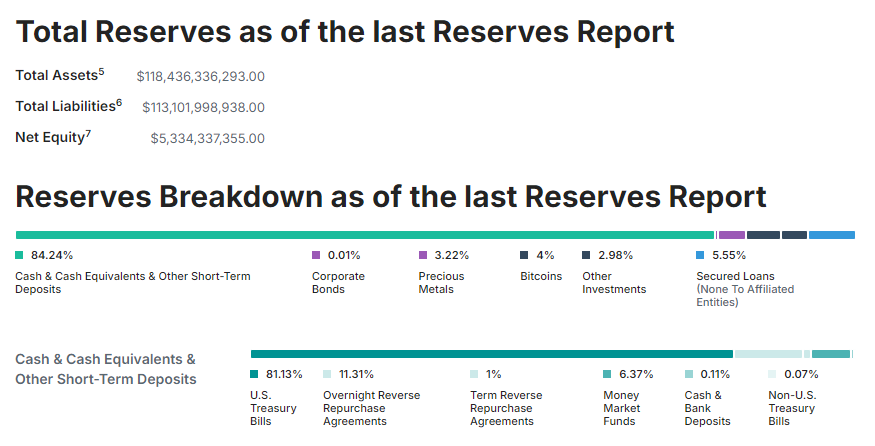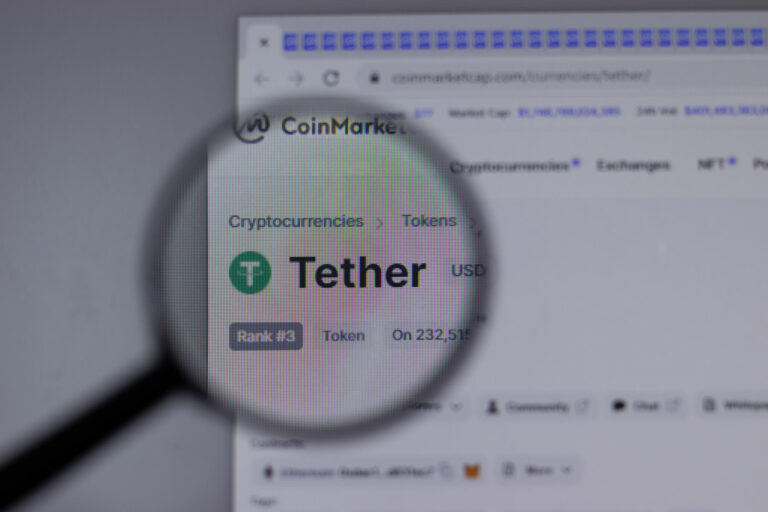Tether operates the world's leading stablecoin USDT. The blockchain currency tracks the US dollar on a 1:1 basis and promises a stable exchange rate in a volatile industry. According to its own statements, this business generated an impressive profit of USD 6.2 billion last year.
Stablecoins are digital currencies that are designed to maintain a stable value against a specific asset such as the US dollar. There are currently over USD 170 billion of stablecoins in circulation. Tether's USDT accounts for 70% of this. The company collateralizes the stablecoin with cash equivalents such as US government bonds. Thanks to the current high interest rate environment, Tether has generated more profit than some of the world's largest financial institutions - and with fewer than 100 employees.
A controversial empire
Tether was the first provider of a dollar stablecoin in 2014. Within a decade, the company consolidated its status as market leader. However, its origins are controversial. In a recent report, the Wall Street Journal accused the stablecoin issuer of generating a significant proportion of its profits from illegal transactions. With its unregulated digital currency, Tether is undermining America's fight against arms dealers, sanctions violators and fraudsters, the authors wrote.
Despite sanctions, the company apparently facilitates cross-border dollar transfers to countries such as Iran, Venezuela and Russia. Drug cartels, fraud rings and terrorist organizations such as Hamas would use USDT to launder their income. Although Tether verifies the identity of its direct customers, secondary transactions are not monitored. These transfers generate a volume of over USD 190 billion every day.
Annual profit of USD 6.2 billion
Thanks to its dominant status, Tether manages assets of USD 120 billion. These must be available for redemption by customers at all times. After all, the company promises 1:1 coverage of the stablecoin. Accordingly, Tether holds the funds primarily in short-term US government bonds. According to its own transparency reports, such cash equivalents make up almost 85% of Tether's reserves. The company invested the remaining 15% in precious metals, Bitcoin and other investments.

As a result, Tether generated an annual profit of USD 6.2 billion. CEO Paolo Ardoino boasted at the beginning of the year that the company generates more profit per person than any other company with fewer than 100 employees. By comparison, the world's largest asset manager BlackRock made USD 5.5 billion in the same period with almost 20,000 employees. However, there has never been an audit of Tether's reserves. Not much is known about the managers behind the company either.








